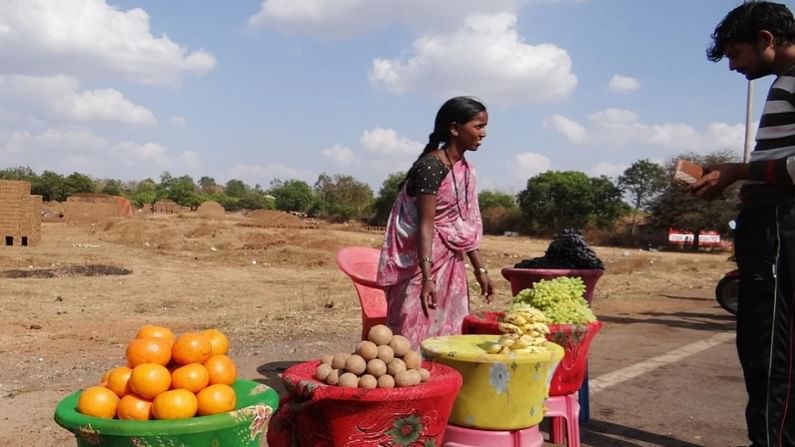One year of lockdown: Rising prices add to common man's woes
For the common man hit by falling income, hardships continue and going forward, crude oil prices might be a spoiler

“My kitchen budget has gone down a bit over the past one year. Just after the lockdown was announced, there was a spike in the prices of essential commodities like cooking oil and fish. Over the past one year, the price levels have gradually come down to levels that are close to the pre-lockdown range,” said Amar Sarkar, an employee of the public works department of West Bengal government.
Sarkar, who is the sole earning member in a family of four, said the lockdown months were a nightmare with prices rising by more than 25%.
In a microcosm, Sarkar’s experience roughly reflects the story of inflation in India in the past one year.
Inflation, or the rate at which prices of commodities rise in the market, shot up immediately after the lockdown was enforced in the country, described by many as one of the strictest in the world.
As the nation went indoors, there were supply constraints in almost all commodities, triggering a sharp rise in prices.
Price hikes were steep in food items, putting the common man in extreme difficulty.
Since the lockdown in the fourth week of March 2020, CPI inflation hovered between 6% and about 9% till November last year. At a stretch the inflation was above the 6% level of tolerance maintained by the Reserve Bank of India.
The rise was largely attributed to food inflation, which was the main culprit in pushing up the kitchen budgets.
However, in December, January and February, inflation fell sharply to 4.59%, 4.06% and 5.03% respectively which was well within the 6% level.
“The average inflation for calendar 2020 was 6.63%. But one has to remember that the dip in inflation in December had more to do with the base effect. Inflation is measured by comparing the inflation index for the current month with that of the corresponding month in the previous year. If inflation was high in the previous year and the index for measurement was relatively higher, it contributes to lower inflation,” said Joydeep Sen, a former banker, adding that the reduction in food prices did contribute to the cooling of inflation in the past few months.
But there are major irritants yet. But for the runaway prices of petroleum products and kitchen fuel, the burden would have further eased for the common man.
“Had the prices of petrol, diesel and LPG cylinders come down, my monthly budget would have come down to comfortable levels,” said Anamitra Biswas, a medical representative, who is the sole earner in a family of four. Biswas rides a two wheeler to work.
However, experts say that easing inflation should not be construed by the common man as a signal for prices to come down. A falling rate of inflation means that prices of commodities would rise at a slower pace.
Significantly, RBI has predicted CPI inflation to be in the range of 5.2-5% in the first half of 2021-22 and 4.3% in Q3 of 2021-22,
However, in case crude oil prices in the global markets go beyond the $70 a barrel, most calculations can go haywire.
Rising diesel prices alone can lend an all-round push to commodity prices in the country, increasing the burden of the common man.
With a sharp rise in the expenditure to infuse life into a sluggish economy, the Centre claims it is not in a position to cut taxes on petrol and diesel.